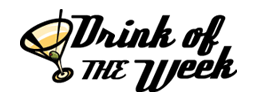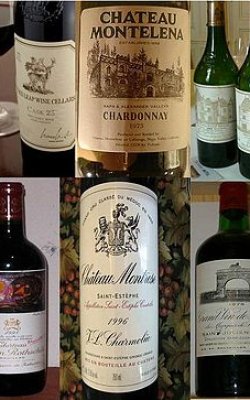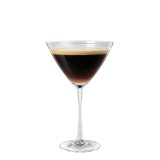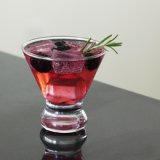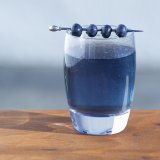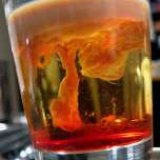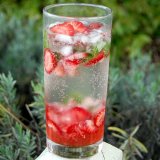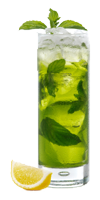For any of you movie buffs, the 1976 battle between French wines and their upstart American counterparts entitled the “Judgment of Paris” was chronicled in the highly fictionalized movie Bottleshock. While Bottleshock was certainly entertaining and spotlighted the super cute Chris Pine, it didn’t exactly stick to the story. If you are interested in how the tale actually unfolded, pick up George Tabor’s Judgment of Paris.
Before reading Judgment of Paris, I assumed that most wine books were a bit stuffy and boring. I was wrong. Tabor interweaves the tale of the burgeoning wine industry in America against the backdrop of its competition against the wineries they modeled themselves after in Bordeaux and Burgundy. This book was an enlightenment and since reading it, I have been on a tear soaking up books on the wine and spirits industry. However, few of these books are as riveting as Judgment of Paris.
In 1976, an upstart Englishman by the name of Stephen Spurrier, who was living in Paris and running a wine shop and school by the name of Caves de la Madeleine, conceived of a battle royale between some of the biggest names in French wine and up and coming wineries in the United States. The judges were all French with the Brit Stephen Spurrier and his American assistant Patrica Gallagher the only non-French participating. The wines were tasted blind. The only journalist covering this battle was none other than George Tabor. He had a front row seat to arguably the biggest upset in the wine world.
In order to uncover how an American Chardonnay could best the finest of French Burgundy and California Cabernets could hold their own against Bordeaux, Tabor dug into both the history and rebirth of the American wine industry. The American wine industry until quite recently was a sad tale, one filled with much woe and littered with the after-effects of Prohibition. Before the passage of the 18th Amendment, the American wine industry was thriving in California, as well as other parts of the United States, like Ohio and Missouri. Waves of immigration brought experienced grape growers and vitners to our shores in the 19th century. The wine industry thrived and flourished and American wines won awards in international competitions. With the passage of the 18th amendment and the “dry” thirteen years that followed, the American wine industry literally shriveled on the vine.
In the late 1950’s and into the 1960’s, the wine industry in California began to claw its way out of the dark winter. Former lawyers and college professors began occupying ghost wineries, which were essentially wineries that had operated prior to Prohibition and sat dormant since the 1920s’s. What a number of these new winemakers lacked in experience, they made up for with passion. A few of them managed to have their wine represented on that fateful day in Paris on May 24, 1976. Tabor explores how such wine came to be and chronicles the histories of Chateau Montelena and Stag’s Leap, as well as looking at the other wineries that were represented.
On that fateful day, there were six California Chardonnays that competed against four Bordeaux. California was represented by Stag’s Leap Wine Cellars, Ridge Vineyards, Heitz Wine Cellars, Mayacamas Vineyard and Freemark Abbey. The French were represented by Chateau Mouton-Rothschild, Chateau Haut Brion, Chateau Montrose and Chateau Leoville Las Cases. In the white category, France was represented by Burgundy powerhouse wines Meursault Charmes Roulot, Beaune Clos de Mouches Joseph Drouhin, Batard Montrachet Ramonet Prudhon and Puligny Montrachet les Pucelles Domaine Leflaive. The United States was represented by Chateau Montelena, Chalone Vineyard, Spring Mountain Vineyard, Freemark Abbey Winery, Veedercrest Vineyards and David Bruce Winery. Pick up a copy of the Judgment of Paris to find out what went down that day.
